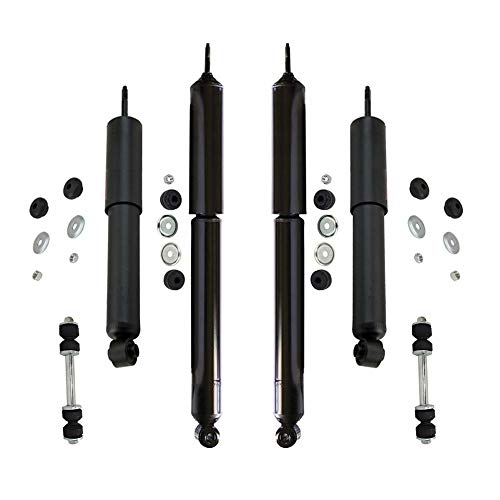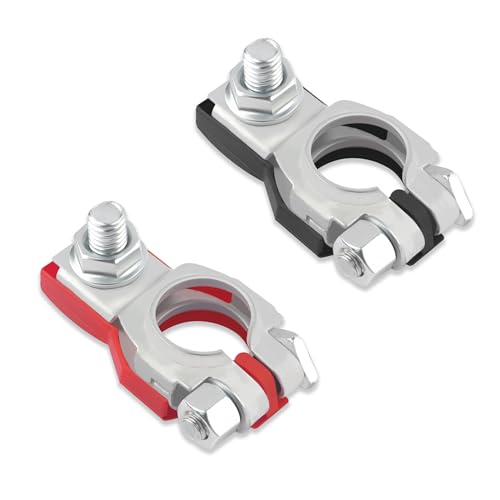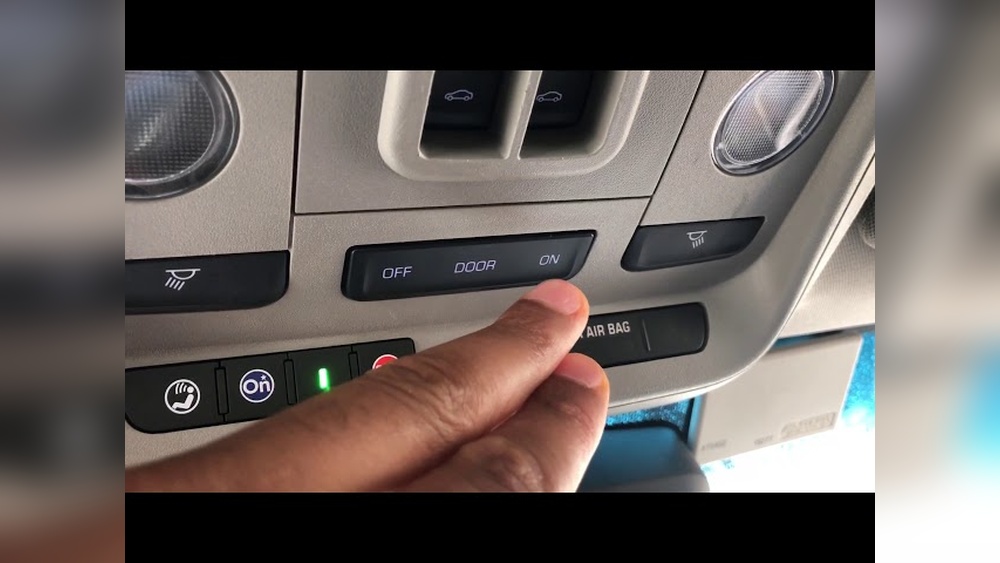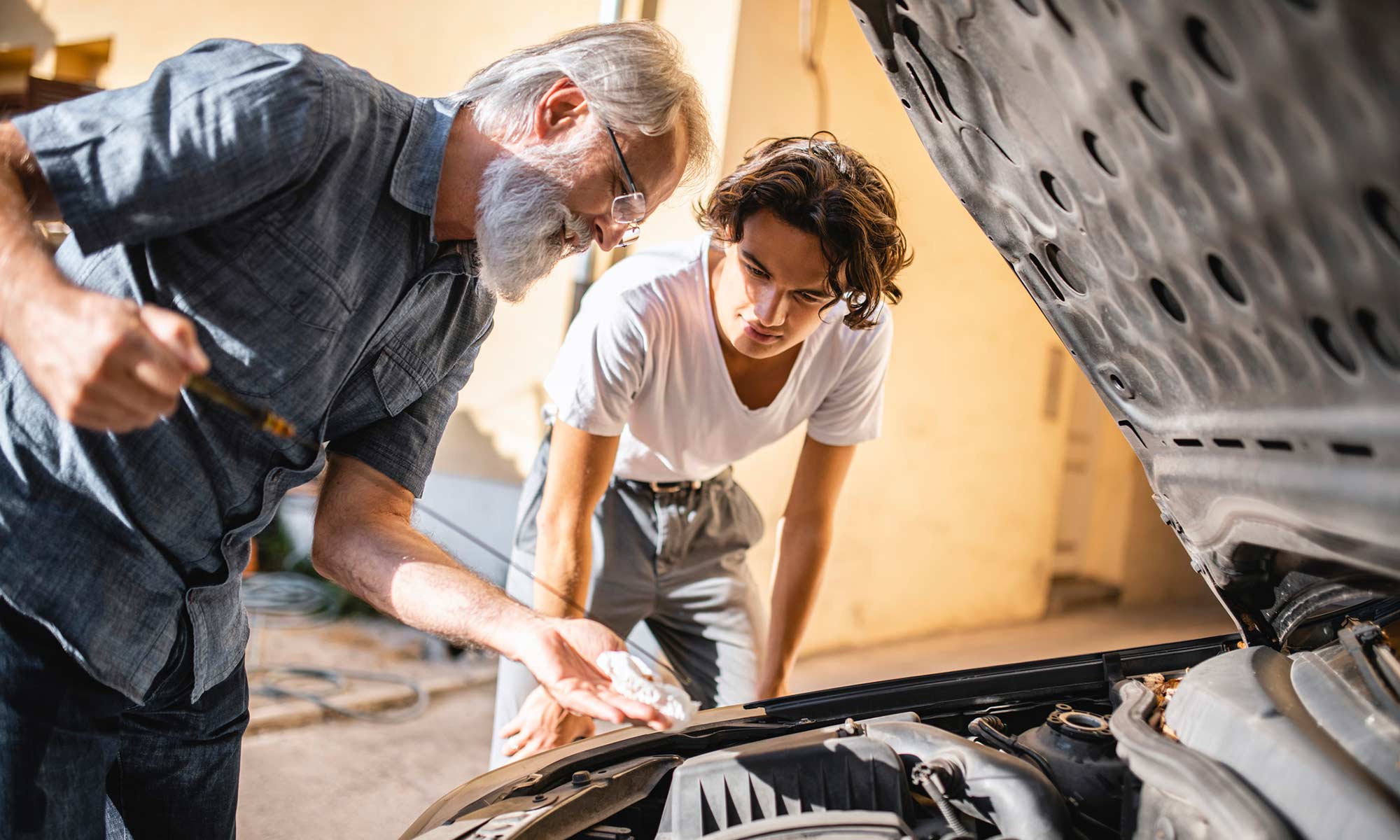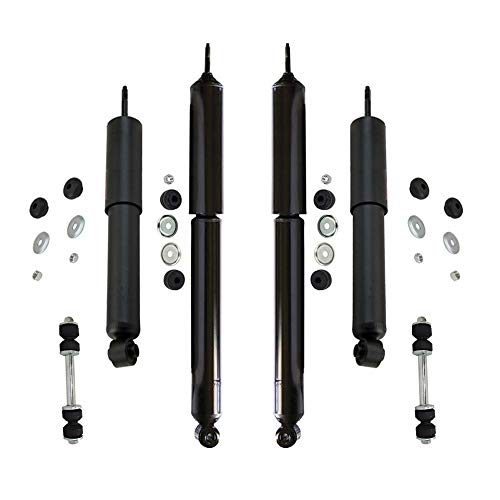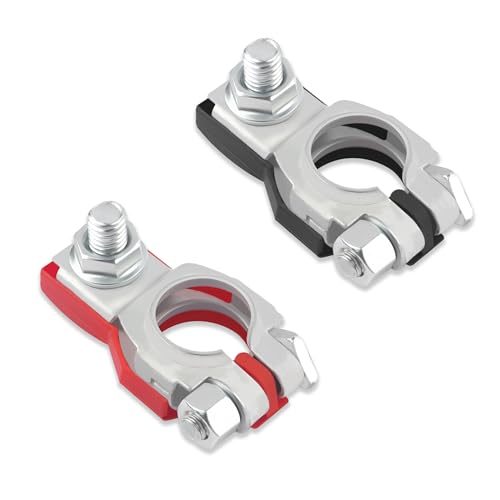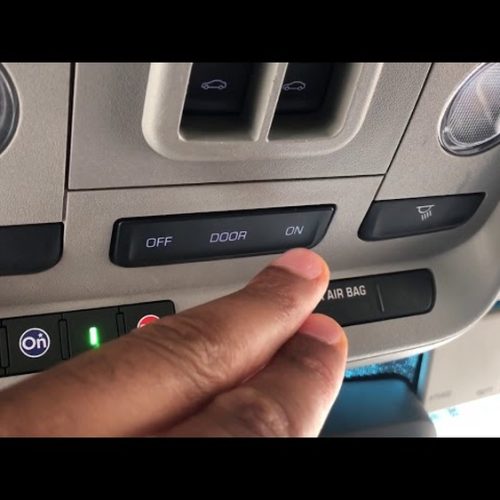Maintaining your car at home can save time and money. It also helps in understanding your vehicle better.
Many car maintenance tasks don’t need professional help. With a little knowledge and some basic tools, you can handle these tasks yourself. Doing so not only cuts down on costs but also keeps your car in good shape. Regular home maintenance can prevent bigger issues and ensure safety on the road.
This guide will highlight simple car maintenance activities you can do at home. You’ll learn how to perform these tasks easily and efficiently. Ready to take control of your car’s health? Let’s dive in and explore the basics of at-home car maintenance.
Essential Tools
Car maintenance at home can save you money and time. To do this effectively, you need the right tools. Having the essential tools ensures you can handle basic repairs and maintenance tasks with ease. Below, we will cover the basic toolkit and safety gear you need to get started.
Basic Toolkit
A basic toolkit is the foundation of your car maintenance setup. Here are the essential items to include:
- Socket Set: A variety of socket sizes for different nuts and bolts.
- Screwdrivers: Both flathead and Phillips for various screws.
- Wrenches: Adjustable and combination wrenches for tight spaces.
- Pliers: Needle-nose and standard for gripping and bending.
- Jack and Jack Stands: To lift and support your car safely.
- Oil Filter Wrench: For easy oil filter changes.
- Torque Wrench: Ensures bolts are tightened to the correct specification.
Safety Gear
Safety gear is crucial when working on your car. Here are the must-have items:
- Gloves: Protect your hands from cuts and chemicals.
- Safety Glasses: Shield your eyes from debris and fluids.
- Work Clothes: Wear old clothes or overalls to protect your skin and clothes.
- Fire Extinguisher: Have one nearby for emergencies.
- First Aid Kit: Be prepared for minor injuries.
By having these essential tools and safety gear, you can confidently perform basic car maintenance at home. This not only saves money but also helps keep your vehicle in good condition.

Credit: momanddadmoney.com
Oil Change
Changing your car’s oil at home can save you money and time. It keeps your engine running smoothly and extends your car’s life. With some basic tools and supplies, you can perform an oil change in your driveway or garage.
Required Supplies
Before you start, gather all the necessary supplies. You will need:
- New oil (check your car’s manual for the right type)
- Oil filter
- Oil filter wrench
- Wrench set
- Oil drain pan
- Funnel
- Rags or paper towels
- Gloves
Step-by-step Guide
Follow these steps to change your car’s oil:
- Warm up your car for a few minutes. This helps the oil flow out easily.
- Park your car on a flat surface. Turn off the engine and let it cool for a bit.
- Put on your gloves. Place the oil drain pan under the oil drain plug.
- Use the wrench to remove the oil drain plug. Let the old oil drain out completely.
- Remove the old oil filter using the oil filter wrench. Be careful, it might still have oil.
- Take the new oil filter. Apply a little bit of new oil to the gasket (the rubber part).
- Screw on the new oil filter by hand until it’s snug. Do not over-tighten.
- Replace the oil drain plug and tighten it with the wrench.
- Remove the oil cap on top of the engine. Use a funnel to pour in the new oil.
- Check the oil level using the dipstick. Add more oil if needed.
- Start the engine and let it run for a few minutes. Check for any leaks.
- Turn off the engine and check the oil level one more time. Add oil if needed.
Dispose of the old oil and filter properly. Many auto parts stores accept used oil for recycling.
Tire Maintenance
Maintaining your car’s tires is essential for safety and performance. You can do several tire maintenance tasks at home. Let’s explore two important tasks: checking tire pressure and tire rotation.
Tire Pressure Check
Checking your tire pressure regularly is critical. It ensures your tires wear evenly and last longer. Here’s how you can check your tire pressure at home:
- Use a tire pressure gauge. These are inexpensive and easy to find.
- Remove the valve cap from one tire.
- Press the gauge onto the valve stem. You will hear a brief hiss.
- Read the pressure on the gauge. Compare it to your car’s recommended pressure.
- If needed, add air to reach the recommended pressure. You can do this at a gas station or with a home air compressor.
- Replace the valve cap.
- Repeat for all four tires.
Under-inflated tires can cause poor fuel efficiency and tire wear. Over-inflated tires can lead to a harsh ride and uneven wear. Regular checks keep your car running smoothly.
Tire Rotation
Tire rotation helps your tires wear evenly. It extends the life of your tires. Here is a simple guide to rotating your tires at home:
- Park your car on a flat surface. Engage the parking brake.
- Loosen the lug nuts on all four tires. Do not remove them completely.
- Use a jack to lift one corner of the car. Place a jack stand under the car for safety.
- Remove the tire. Move it to its new position. Follow a tire rotation pattern. This pattern is usually found in your car’s manual.
- Repeat for all tires.
- Hand-tighten the lug nuts on all tires.
- Lower the car. Tighten the lug nuts fully using a torque wrench. Tighten them in a star pattern for even pressure.
Rotating your tires every 5,000 to 7,000 miles is recommended. This prevents uneven wear and keeps your ride smooth. Always check your car’s manual for specific guidelines.
Battery Care
Battery care is essential for the longevity of your car. A well-maintained battery ensures your car starts smoothly. It also prevents unexpected breakdowns. You can do simple battery maintenance tasks at home. These tasks can improve your car’s reliability and save you money.
Cleaning Terminals
Dirty terminals can affect battery performance. Start by turning off the engine. Disconnect the battery cables, starting with the negative one. Use a wire brush to clean the terminals. Remove any corrosion or dirt you see. You can also use a baking soda and water mixture. Apply it to the terminals to neutralize any acid. Ensure everything is dry before reconnecting the cables.
Testing Voltage
Testing the battery voltage is simple. You need a multimeter for this task. Set the multimeter to DC voltage. Connect the red probe to the positive terminal. Connect the black probe to the negative terminal. A healthy battery shows between 12.4 and 12.7 volts. If the reading is below 12.4 volts, the battery may need charging.
Regular battery checks help you spot issues early. This can prevent future problems. Basic maintenance tasks like these can keep your car running smoothly. You don’t always need a mechanic for these simple checks.
Air Filter Replacement
Regular air filter replacement keeps your car’s engine running smoothly. It helps maintain optimal fuel efficiency and reduces harmful emissions. This simple maintenance task can be done at home with basic tools.
Types Of Filters
There are different types of air filters for cars. The most common are paper filters. These are affordable and effective. Another type is the foam filter. It is washable and reusable. The third type is the cotton filter. It offers high performance and is also reusable.
Installation Process
First, locate the air filter housing in your car. It is usually near the engine. Open the housing by removing the clips or screws. Take out the old filter. Check for any dirt or debris inside the housing. Clean it if necessary.
Next, insert the new filter into the housing. Ensure it fits snugly. Close the housing and secure it with the clips or screws. Start the engine to check if everything is fine. This quick task can save you time and money. Your car will thank you with better performance.
Brake Inspection
Brake inspection is a crucial part of car maintenance that you can do at home. Regular checks ensure your safety and the longevity of your vehicle. Two important aspects of brake inspection are checking brake pads and fluid level. Let’s dive into these aspects below.
Checking Brake Pads
First, park your car on a flat surface and engage the parking brake. Remove the wheel to access the brake pads. Look at the thickness of the brake pads. They should be more than 1/4 inch thick. If they are thinner, it’s time to replace them. Worn brake pads can reduce braking efficiency and cause damage to the rotors.
Fluid Level Check
Brake fluid is vital for the braking system. Locate the brake fluid reservoir under the hood. Check the fluid level against the markings on the side of the reservoir. The fluid should be between the “min” and “max” lines. If it’s low, add brake fluid of the recommended type. Low fluid can lead to brake failure and should be addressed immediately. Ensure the cap is tightly closed after checking.
Light Bulb Replacement
Replacing light bulbs in your car can seem daunting, but it is easier than you think. You can quickly change most car bulbs at home with just a few tools. This not only saves you money but also makes sure your car is safe on the road. Below, we will look at two common types of light bulb replacements you can do yourself: headlights and brake lights.
Headlights
Headlights are crucial for safe night driving. If one goes out, replace it immediately. Here’s a step-by-step guide:
- Turn off your car and pop the hood.
- Locate the back of the headlight inside the engine bay.
- Unplug the power connector from the headlight bulb.
- Remove the old bulb by twisting it counterclockwise.
- Insert the new bulb, twisting it clockwise to secure it.
- Reconnect the power connector.
- Test the new headlight to ensure it works.
Use a clean cloth to handle the bulb. This prevents oil from your fingers from shortening its life.
Brake Lights
Brake lights are vital for alerting drivers behind you when you stop. Follow these steps to replace them:
- Open the trunk of your car.
- Locate the brake light housing.
- Unscrew the housing cover to access the bulb.
- Remove the old bulb by pulling it out gently.
- Insert the new bulb, ensuring it is snug.
- Replace the housing cover and screw it back in place.
- Test the brake light to ensure it lights up when you press the brake pedal.
Replacing brake lights keeps you safe and avoids getting a ticket. Always have a spare bulb in your car for emergencies.
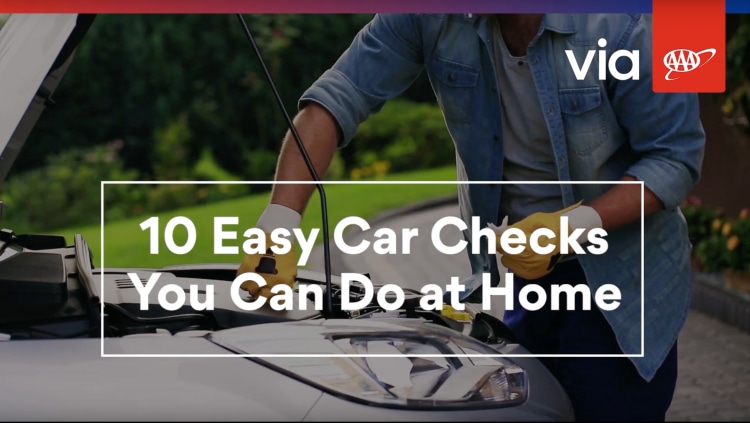
Credit: mwg.aaa.com
Fluid Checks
Regular fluid checks are vital for your car’s health. They ensure everything runs smoothly. Checking fluids at home can save time and money. It’s simple and easy. Here’s how you can do it.
Coolant Level
Check the coolant level when the engine is cool. Open the hood and find the coolant reservoir. It’s usually a clear tank with a cap. Look for the “Min” and “Max” lines. The coolant should be between these lines. If low, add a mixture of coolant and water. Use a funnel to avoid spills. Never open the cap when the engine is hot. It can cause burns.
Transmission Fluid
Transmission fluid keeps gears shifting smoothly. Check it with the engine running. Find the transmission dipstick. It’s usually near the back of the engine. Pull it out and wipe it clean. Insert it back fully, then pull it out again. Check the fluid level. It should be between the “Min” and “Max” marks. If low, add the recommended fluid type. Use a funnel to avoid spills. Check the fluid color too. It should be pink or red. Brown or burnt-smelling fluid needs changing.

Credit: www.linkedin.com
Frequently Asked Questions
How Often Should I Change My Car’s Oil?
Changing your car’s oil every 3,000 to 5,000 miles is recommended. However, check your owner’s manual for specific guidelines. Regular oil changes ensure engine longevity and performance.
Can I Replace My Car Battery Myself?
Yes, you can replace your car battery at home. Ensure you have the correct battery type. Disconnect the negative terminal first, then the positive. Install the new battery in reverse order.
How Do I Check Tire Pressure?
Use a tire pressure gauge to check tire pressure. Ensure tires are cool. Compare the reading with the recommended pressure in your owner’s manual. Adjust as needed.
What Tools Do I Need For Basic Car Maintenance?
Basic tools include a wrench set, screwdrivers, pliers, a jack, and a tire pressure gauge. These tools help with common maintenance tasks like oil changes, tire checks, and battery replacements.
Conclusion
Keeping your car in good shape doesn’t need a mechanic. Many tasks can be handled at home. Regular oil changes, tire checks, and battery maintenance save money. These simple tasks ensure your car runs smoothly. Plus, you learn more about your vehicle.
Start small and build confidence. Soon, you’ll handle more complex tasks. Your car will thank you. Stay safe and enjoy the process. Happy driving!

